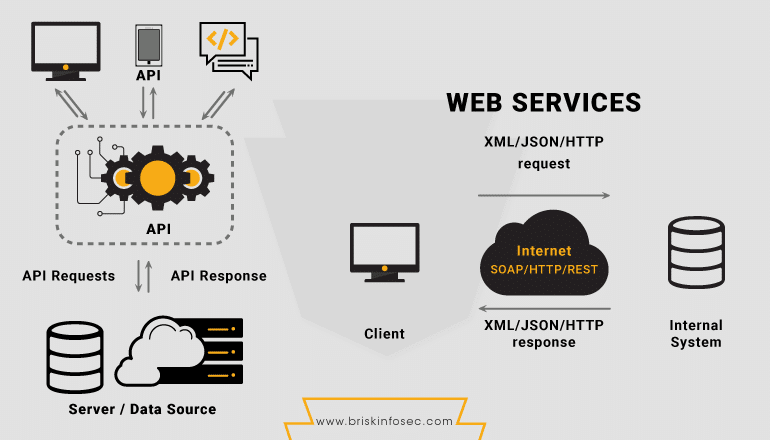Introduction
Minimalist Website Themes: Design Principles. There has been a significant surge in the popularity of minimalist website themes in recent years due to the fact that their designs are clean, uncomplicated, and appealing. Taking away aspects that aren’t required and putting an emphasis on utility and clarity are the primary goals of these templates. In this piece, we will investigate the fundamentals of minimalist website design, in addition to analyzing the reasons why this approach is successful and the ways in which you may successfully execute it.

Understanding Minimalism in Web Design
When it comes to web design, minimalism is centered on the idea that “less is more.” It allows for the elimination of distractions while giving priority to key components. An abundance of white space, straightforward font, and a restricted color palette are common characteristics of a minimalist website. Users are able to concentrate on the material or tasks at hand without being distracted by distractions that are not necessary when the interface is decluttered.
The Benefits of Minimalist Design
One of the most important advantages of minimalist design is what it does for the user experience. Because there are fewer components competing for attention, users are able to navigate the website more easily and discover what they are searching for in a shorter amount of time. A further benefit of minimalist websites is that they typically load more quickly, which increases user satisfaction and decreases bounce rates.

Key Design Principles
Several design concepts should be taken into consideration when developing a minimalist website theme, including the following:
1. Simplified Navigation
Within the realm of website design, navigation is of utmost importance; nevertheless, when it comes to minimalist themes, it should be especially simplified. Utilize menu items that are clear and succinct, and avoid overloading users with an excessive number of selections. It is essential that the navigation layout of the website be straightforward so that users can easily navigate their way around the site.
2. Clean Typography
The use of typography is something that is very important in minimalist design. Try to avoid employing an excessive number of different typefaces and instead use fonts that are simple to read. For a website to have a unified appearance, it is important to choose font sizes and styles that are consistent throughout the site. There should also be a sufficient amount of white space surrounding the text in order to boost readability and visual attractiveness. https://diversewebsitedesign.com.au/website-designer/-frankston/

3. Limited Color Palette
Websites that adhere to the minimalist aesthetic often consist of a limited color palette, which typically consists of two or three primary colors. White, black, and gray are examples of neutral tones that are frequently utilized, with occasional splashes of color being employed to emphasize certain points. An aesthetic that is harmonious and visually pleasant can be created with the help of a color scheme that is controlled.
4. Strategic Use of Imagery
Despite the fact that minimalist design places an emphasis on simplicity, this does not mean that you should exclude any graphics entirely. Enhancing the visual attractiveness of a minimalist website can be accomplished through the strategic utilization of high-quality photos or graphics. However, you should be picky about the photos that you use and make sure that they are in line with the aesthetic of the entire design.
Examples of Minimalist Website Themes
The concepts of minimalist design are well demonstrated by a great number of websites. Apple and Google are two companies that are well-known for their minimalist approach to web design, which is characterized by clean layouts and navigation that is easy to understand. In addition, platforms such as Squarespace and WordPress provide users with a versatile selection of minimalist themes that are simple to modify and can be used for a variety of reasons.
Conclusion
When it comes to web design, minimalist website themes provide a sleek and contemporary approach that places an emphasis on simplicity and functionality. The creation of a website that is both visually beautiful and user-friendly can be accomplished by sticking to fundamental design principles such as simplifying navigation, maintaining clean typography, and limiting the color palette. The use of minimalism can assist you in achieving a polished and professional online appearance, regardless of whether you are developing a personal blog, portfolio, or website for your business.






